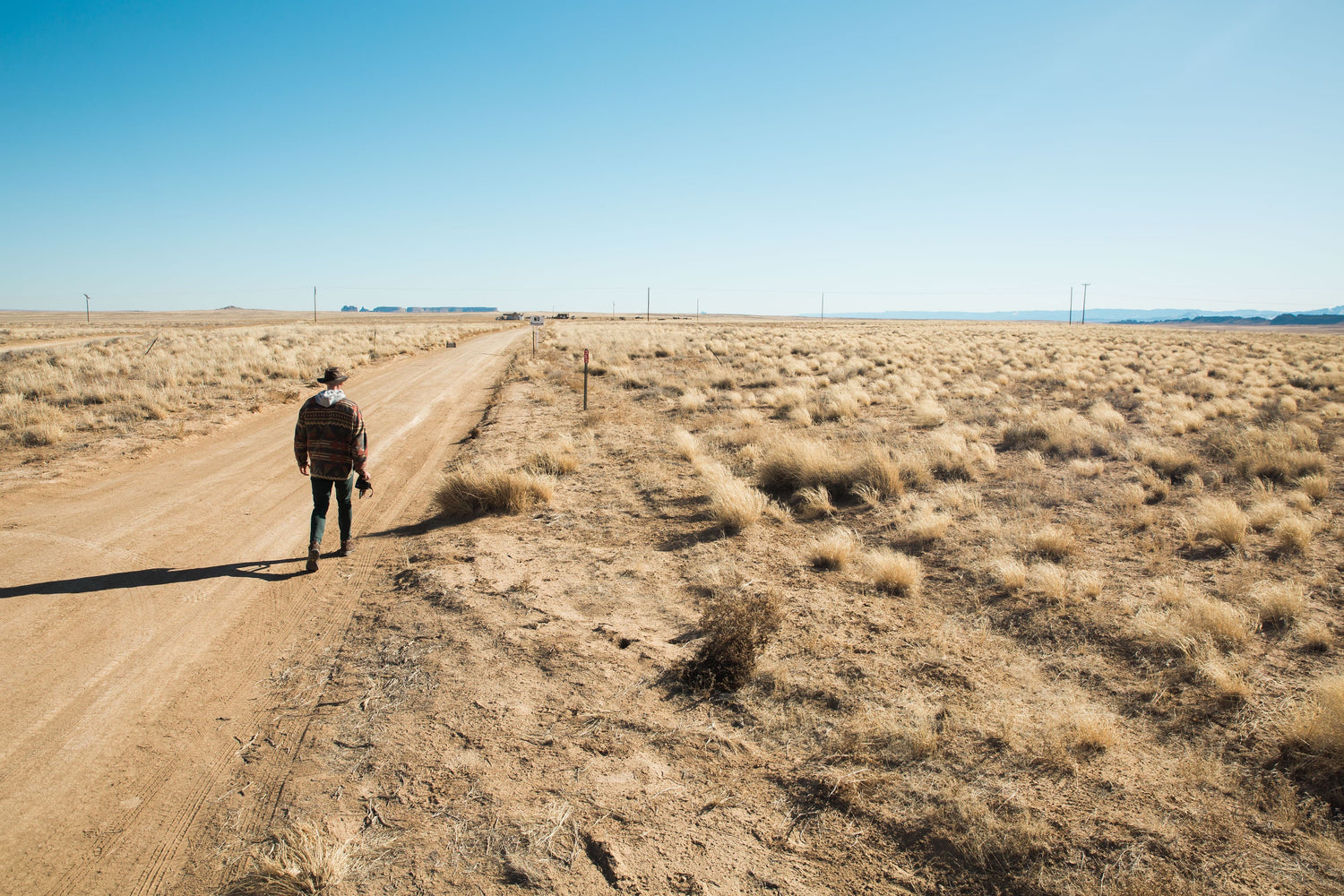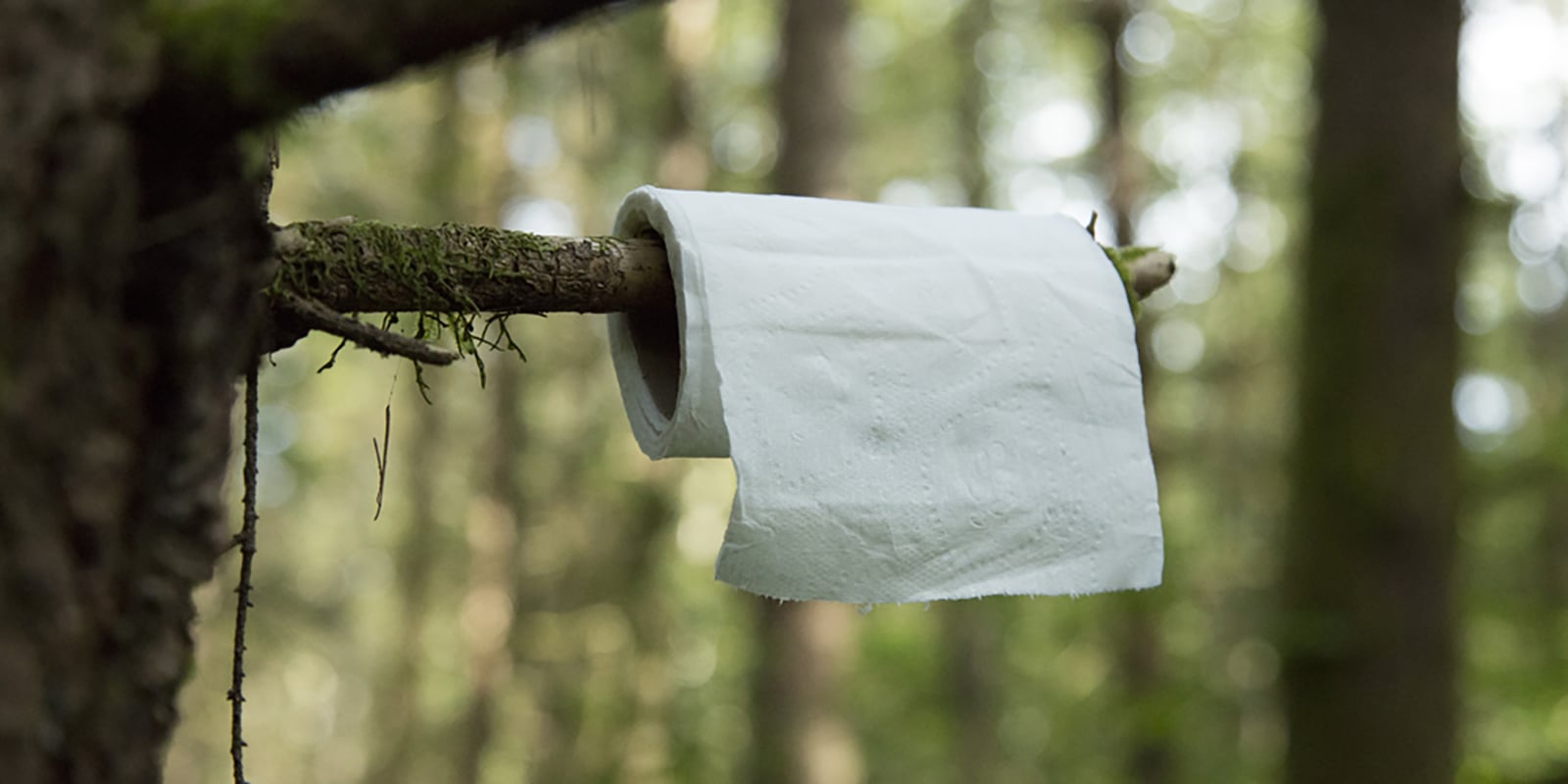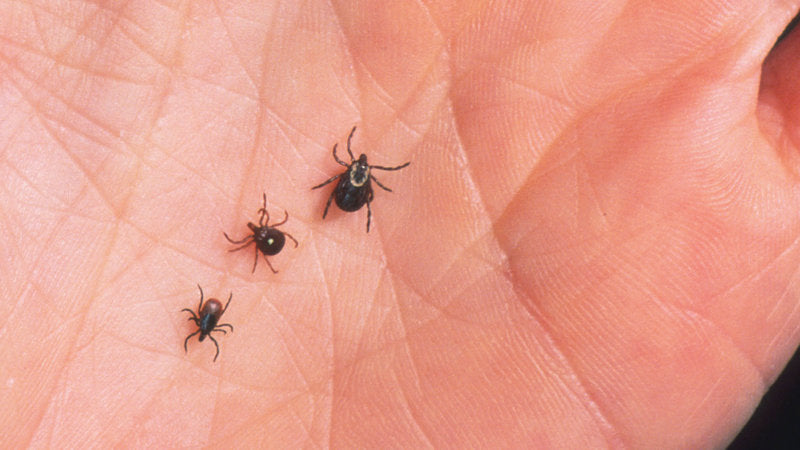Heat-related injuries can not only << be >> dangerous but can sneak up on you… QUICK. Take the proper steps to prepare your body and prevent injuries so you can brave the unknown without passing out in the process.

Hike in the morning or evening
Hiking in the cooler times of the day can significantly help slow down the rate of dehydration. The “heat-of-the-day” is usually between 11am and 2pm. During these times, try not to push yourself as hard and take more breaks.

Hydrate, Hydrate, Hydrate
This goes without saying, but DRINK WATER. No, not a soda, not a beer… WATER. (save the beer as a nice reward after) The day before a big hike, drink more water than you want to, honestly, pour that extra bit of H2O down your throat the way your mom used to force you to take cough medicine. The more you drink prior to your hike, the less you’ll be reaching for water from the start.
When on the trail, even if you don’t feel thirsty, take a sip. Once you feel thirsty, you’ve already lost at least 2% of water stored in your body, and excessive dehydration can cause serious mental strain. Which brings me to the next point.

Hike with friends
I know, I know, most of us love the liberation of those solo adventures, but when the heat index can easily be over 100 degrees, it’s best to have a buddy join. Being able to constantly check on each other for signs of heat exhaustion, as well as having someone else there in case the worst does happen, can be life-saving... literally. Heat ain’t no joke, y’all.
(two southern expressions in one sentence… can y’all tell where I’m from??)

Dip your bandana
For a refreshing pick-me-up, find a running waterway, and give your bandana or headband a good dip. As the water evaporates, it conducts heat away from your body, helping to keep you cool. Stay away from the stagnant, shallow water as it’s more than likely infested with pollutants and gnarly microorganisms you don’t want dripping onto your face… or anywhere on your body for that matter.

Take breaks
Especially during the hotter times of the day, take a dang break every now and then! You’re not invincible - yes, even you beefy, Chris Hemsworth lookin’ dudes can AND will get dehydrated, so save yourself the embarrassment of passing out in front of your friends, and just admit when you need a break.

Lightweight clothing
Breathable, lightweight and light-colored, clothing will help refract the vicious sun rays and help reduce the heat. Wide-brimmed hats and sunglasses are also good ways to keep you from submitting to the heat. Your eyes can become severely strained from the glare they face all day. Ever had a raging headache after a day of hiking? Yeah, I suggest getting some sunnies.
And don’t make me act like your mom… just wear some friggin’ sunscreen.

Avoid overheating in the morning
Now, if you’ve ever camped during the summer (especially in the south), you know summer nights can get pretty chilly… but as soon as the sun begins to peak it’s rays above the mountains and starts to rise… you are baking like your grandma's apple pie in that tent.
Ground-dwellers have it worse, for sure. Tents can severely lack in ventilation, which is why we choose air camping. Besides being suspended above the ground, comfortably swaying with the wind like a baby in a bassinet, there’s more room for airflow, therefore less room for trapped heat in the summertime.
Wait… So Do I Need a Blanket in the Summer??
Heck yeah you do!! Camping in the summer usually means blazing days and chilly nights. It’s a good idea to bring a lightweight yet versatile blanket for hanging out on during the day and snuggling up with at night. The Puffle 55 is the ultimate summer camping blanket - if you don’t believe me, just check it out here.
So what did I miss? Got any other ~cool~ tips you can add for cheating the heat on the trail?
- Maddie




2 comments
J. Andreas Lindqvist
Thank you for the advise!
Another reminder for those of us hiking in more Arctic climates, (Norway), the winters can get dry in the inland areas and you’ll loose buckets of water in the cold dry air too. Many have forgotten this, just because it is cold outside.
And another perk of living in Norway are the close proximity to mountainous terrains, even in the capital, where the Norwegian Mountain Codes come in handy. You’ll find them here in english: https://english.dnt.no/the-norwegian-mountain-code/
Living in Norway really does make you blaisse about what a mountain is and it is easy to forget about the ever changing weather at 800-2000m above your starting point that day. :-)
Thank you for the advise!
Another reminder for those of us hiking in more Arctic climates, (Norway), the winters can get dry in the inland areas and you’ll loose buckets of water in the cold dry air too. Many have forgotten this, just because it is cold outside.
And another perk of living in Norway are the close proximity to mountainous terrains, even in the capital, where the Norwegian Mountain Codes come in handy. You’ll find them here in english: https://english.dnt.no/the-norwegian-mountain-code/
Living in Norway really does make you blaisse about what a mountain is and it is easy to forget about the ever changing weather at 800-2000m above your starting point that day. :-)
Tom Coffey
Good advice, good reminder, cute add-in graphics
Good advice, good reminder, cute add-in graphics